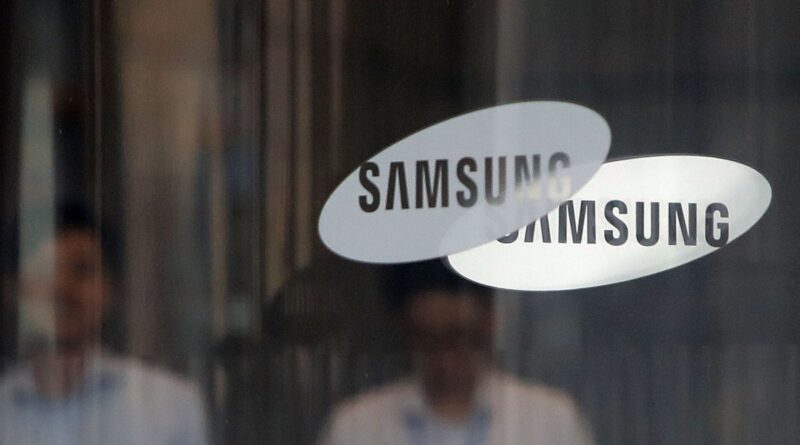Samsung extends cut in memory chip production, will focus on high-end AI chips instead
Samsung Electronics continues to cut back its memory chip production, including NAND flash used in smartphones and PCs, after reporting a $3.4 billion (4.36 trillion won) operating loss in the second quarter of this year in its memory chip unit. The world’s biggest memory chip maker posted a roughly $7 billion operating loss in its semiconductor business in the first half of 2023.
The move comes after Samsung slashed its memory chip production in April after hitting the worst quarterly profits since 2009 as demand for consumer devices remained weak.
The tech giant, however, is aiming to generate a brighter AI picture for the future: it said that it plans to double down on producing high-performance memory chips like high bandwidth memory (HBM) by 2024 due to robust AI demand. HBM, used in AI, 5G, the Internet of Things (IoT), graphic processing applications, virtual reality and augmented reality systems, provides faster data processing and lower power consumption compared to the traditional NAND.
“Server demand remained weak as customers continued to adjust inventories, but demand for high-density/high-performance products stayed strong, driven by increased investments focusing on AI by major hyperscalers,” the company said.
On an earnings call today, the executive vice president of Samsung’s memory division Jaejune Kim said it would continue its memory chip production cuts, adjust for specific products, but will double its capacities of high-performance memory chips, including HBM, as the demand for those advanced memory chips is expected to grow continually.
Two main memory chips — DRAM and NAND — are used in devices from smartphones to servers at data centers. For example, DRAM memory enables large language models, including Open AI’s ChatGPT, to perform more advanced functions. DRAM also helps speed up process data for multitasking and building complex AI applications. NAND helps store data.
Samsung laid out its plan for the foundry business to introduce 2-nanometer production for mobile phone parts by 2025.
The firm reported Thursday its companywide operating profits of 670 billion won (approximately $524 million) in the second quarter of 2023, down from 14.1 trillion won a year earlier. The figure is better than expected than Samsung’s preliminary report issued earlier this month, estimating its Q2 operating profits would likely be a 96% plunge, 600 billion won ($459 million).
Despite operating profits dropping 95% in the second quarter, Samsung expects global demand for memory chips to rebound gradually in the second half of this year.
“Global demand is expected to gradually recover in the second half of the year, which should lead to an improvement in earnings driven by the component business, ” Samsung said in a statement. “However, continued macroeconomic risks could prove to be a challenge in such recovery in demand.”
Just yesterday, Samsung unveiled its latest device models — Galaxy Z Fold 5, Galaxy Z Flip 5, Galaxy Tap S9 and Galaxy Watch 6/ Watch 6 Classic — at the “Unpacked” international product launch event in its home country for the first time.





